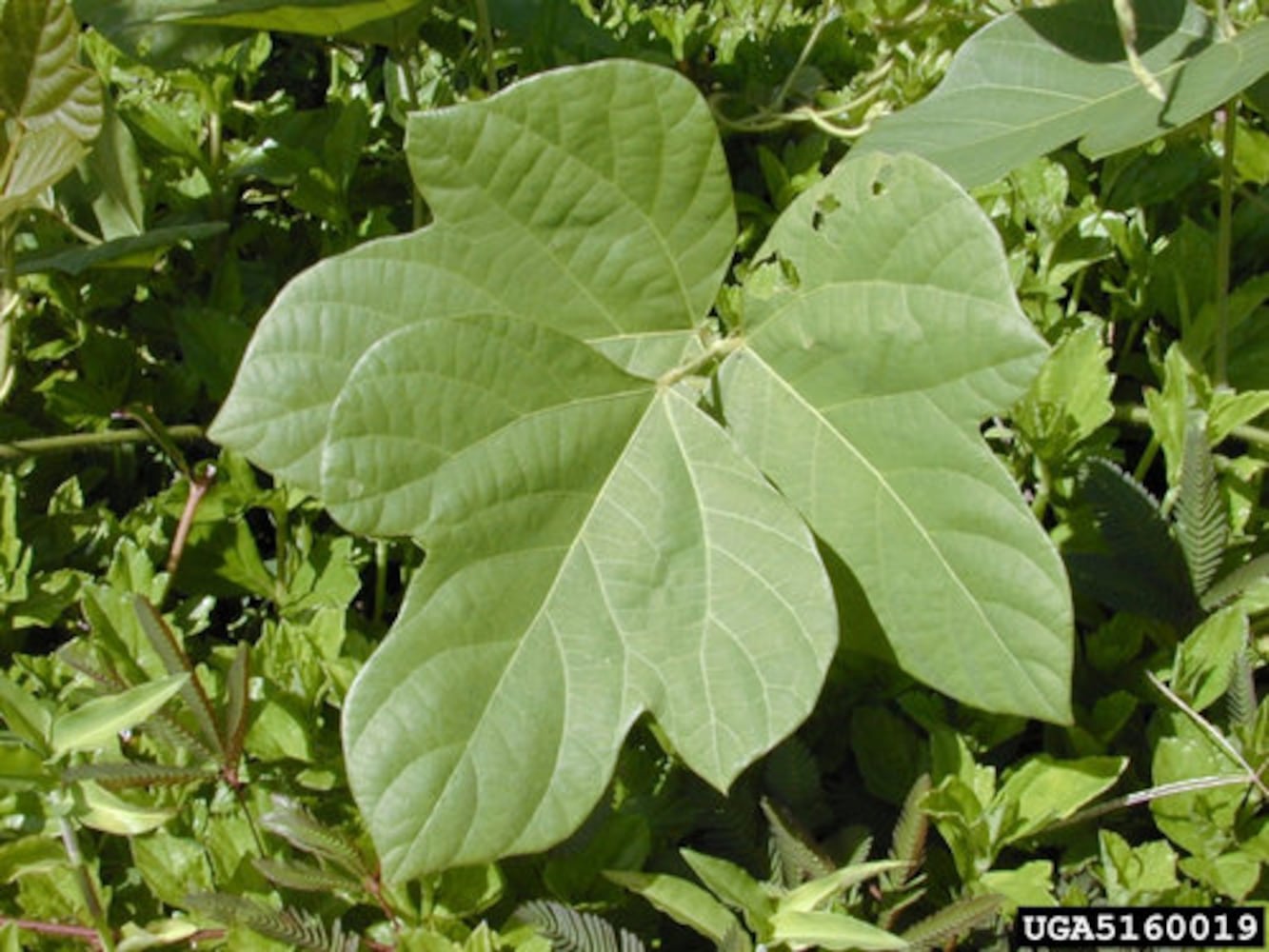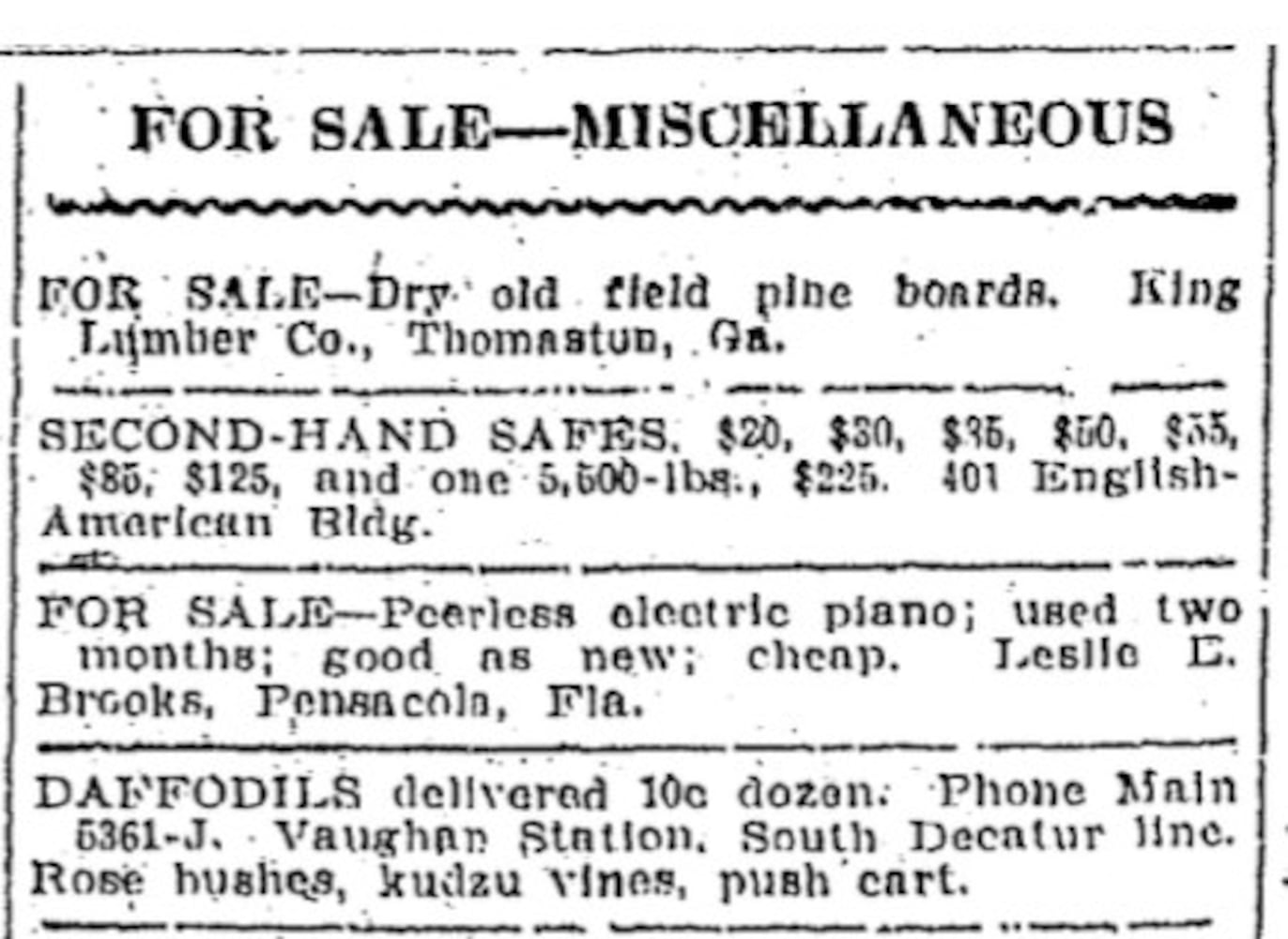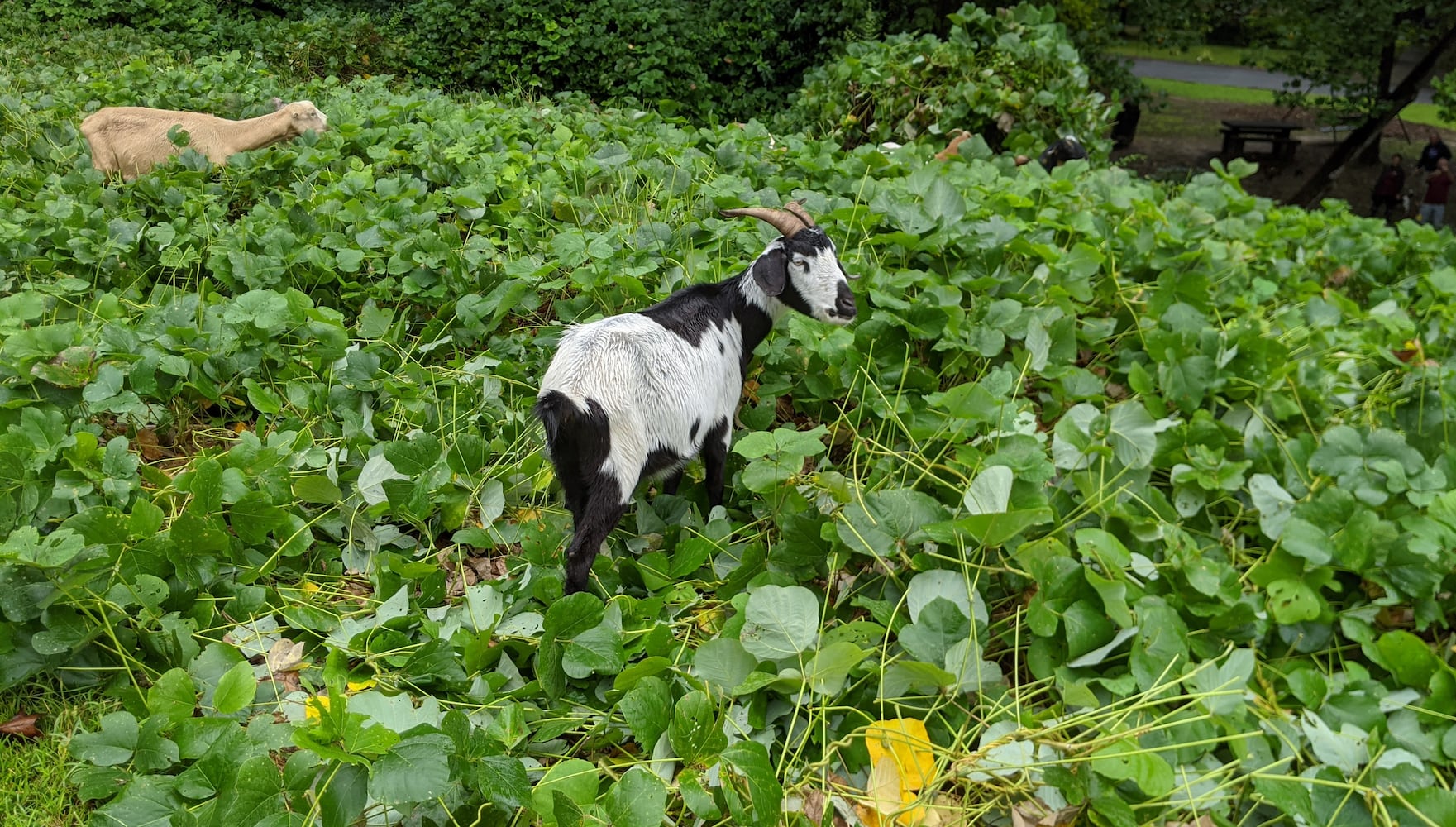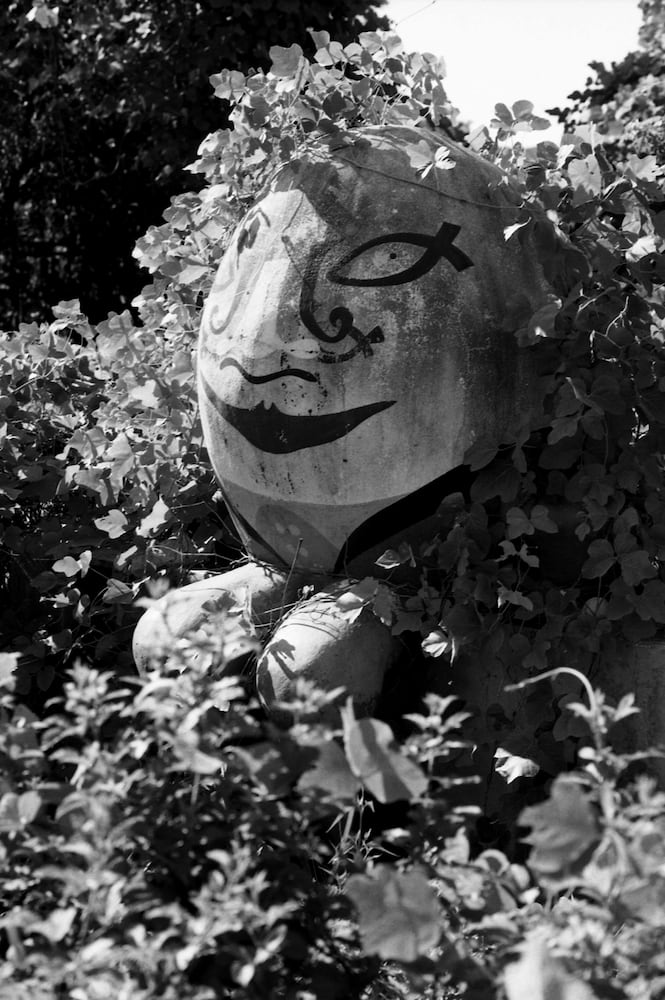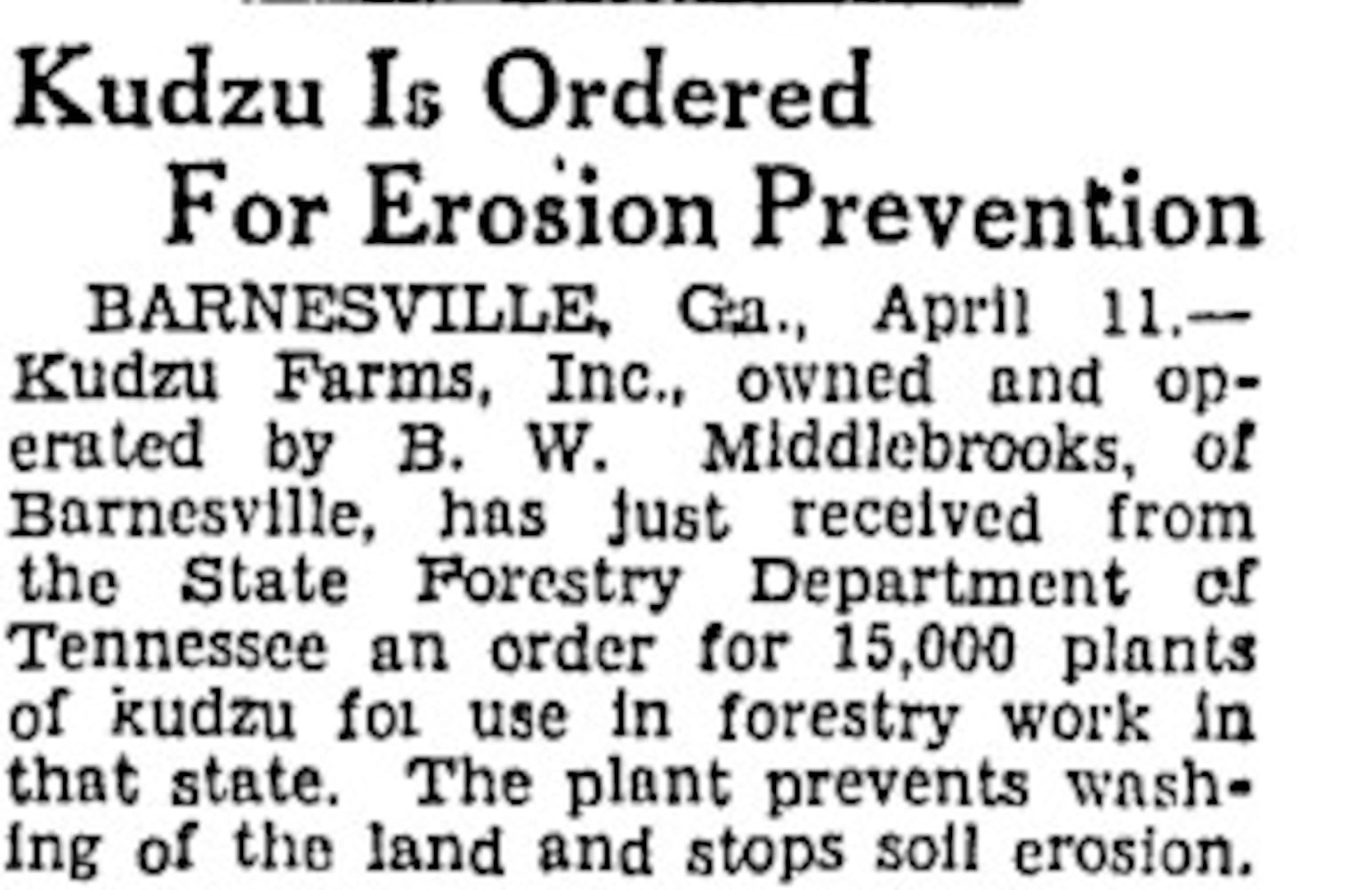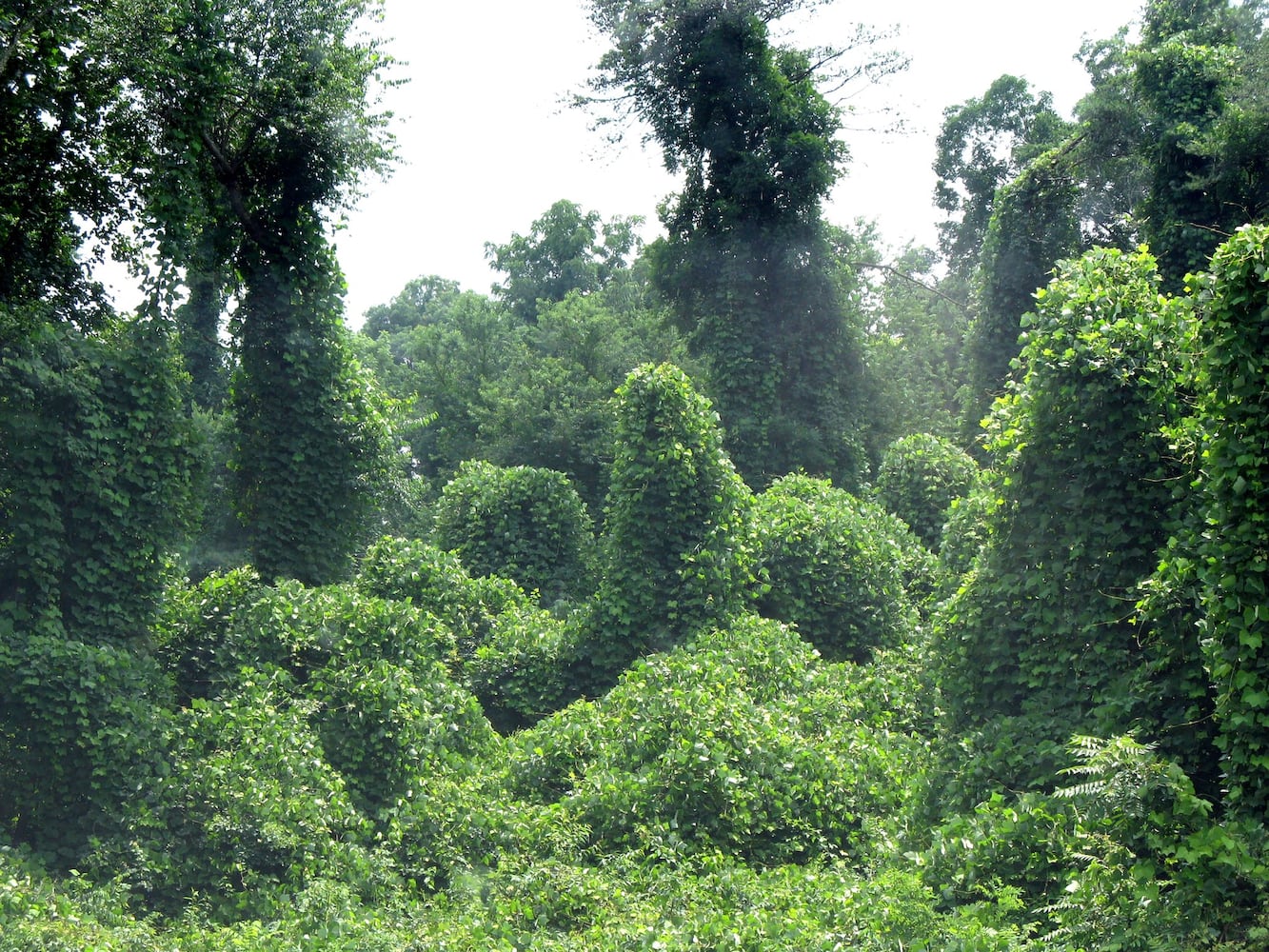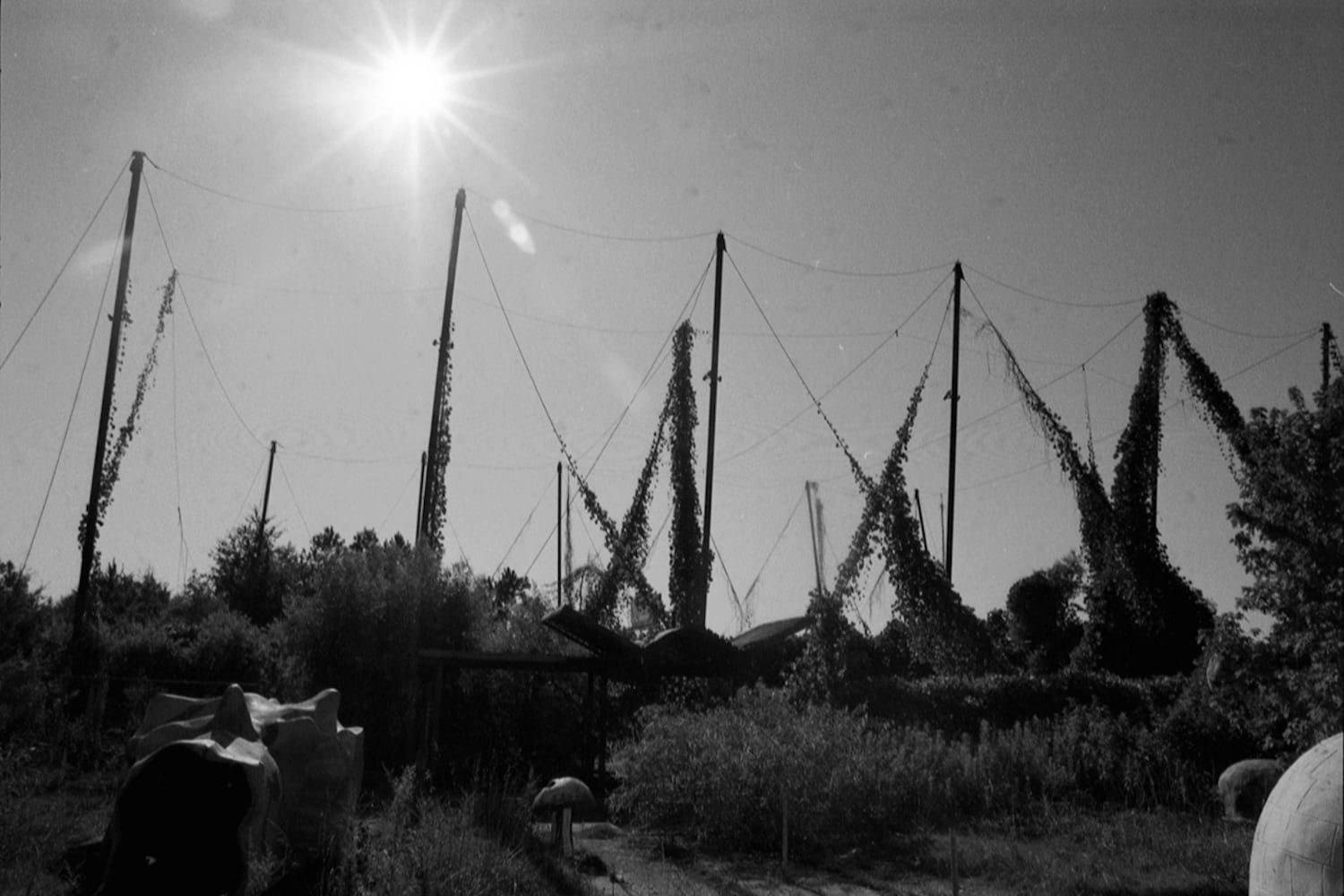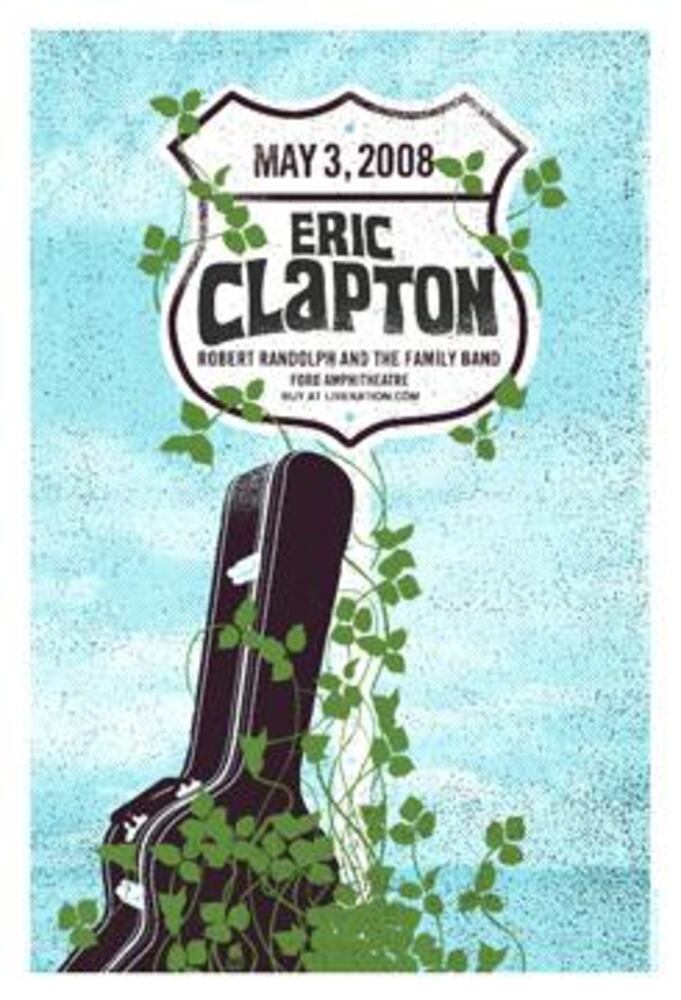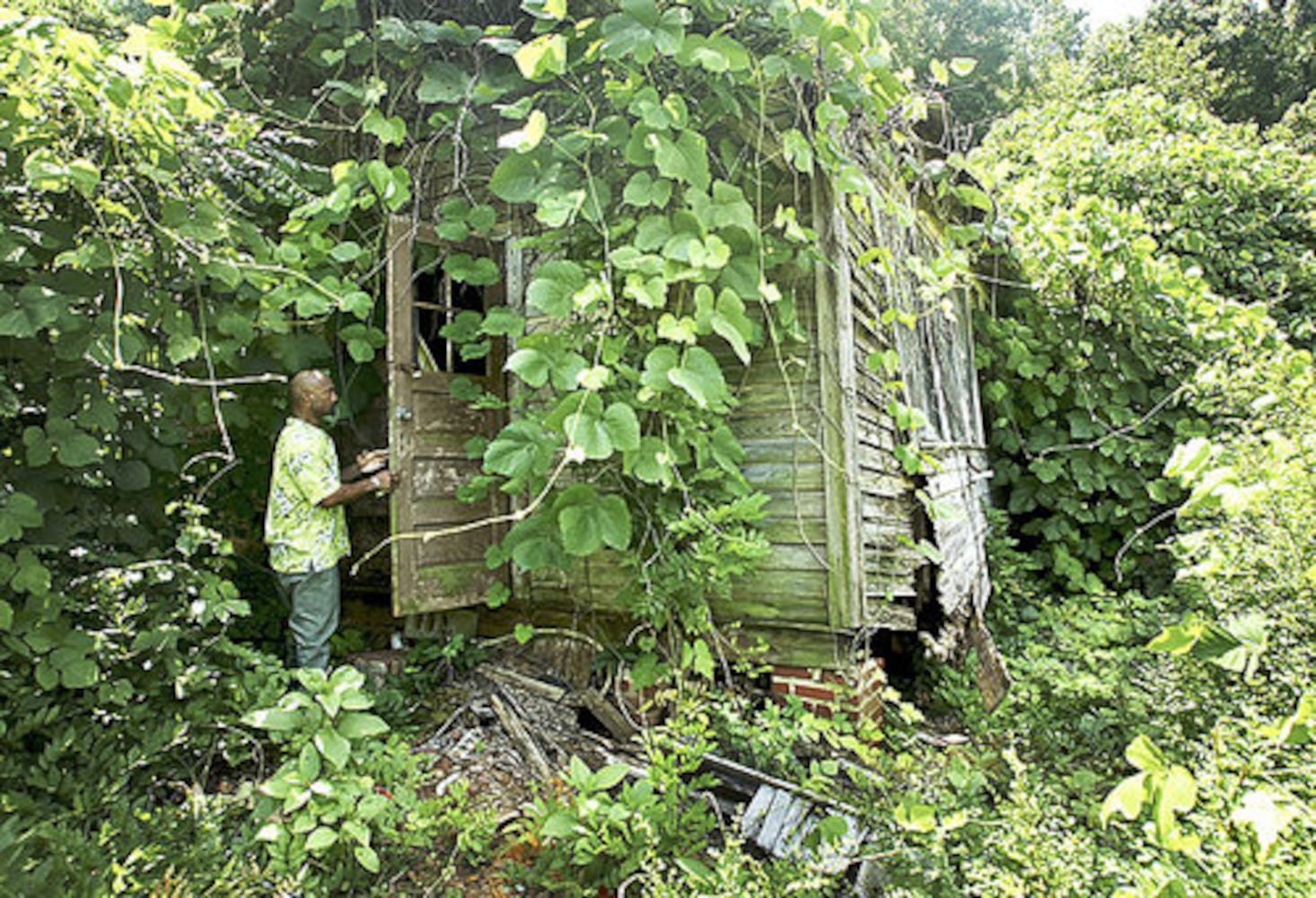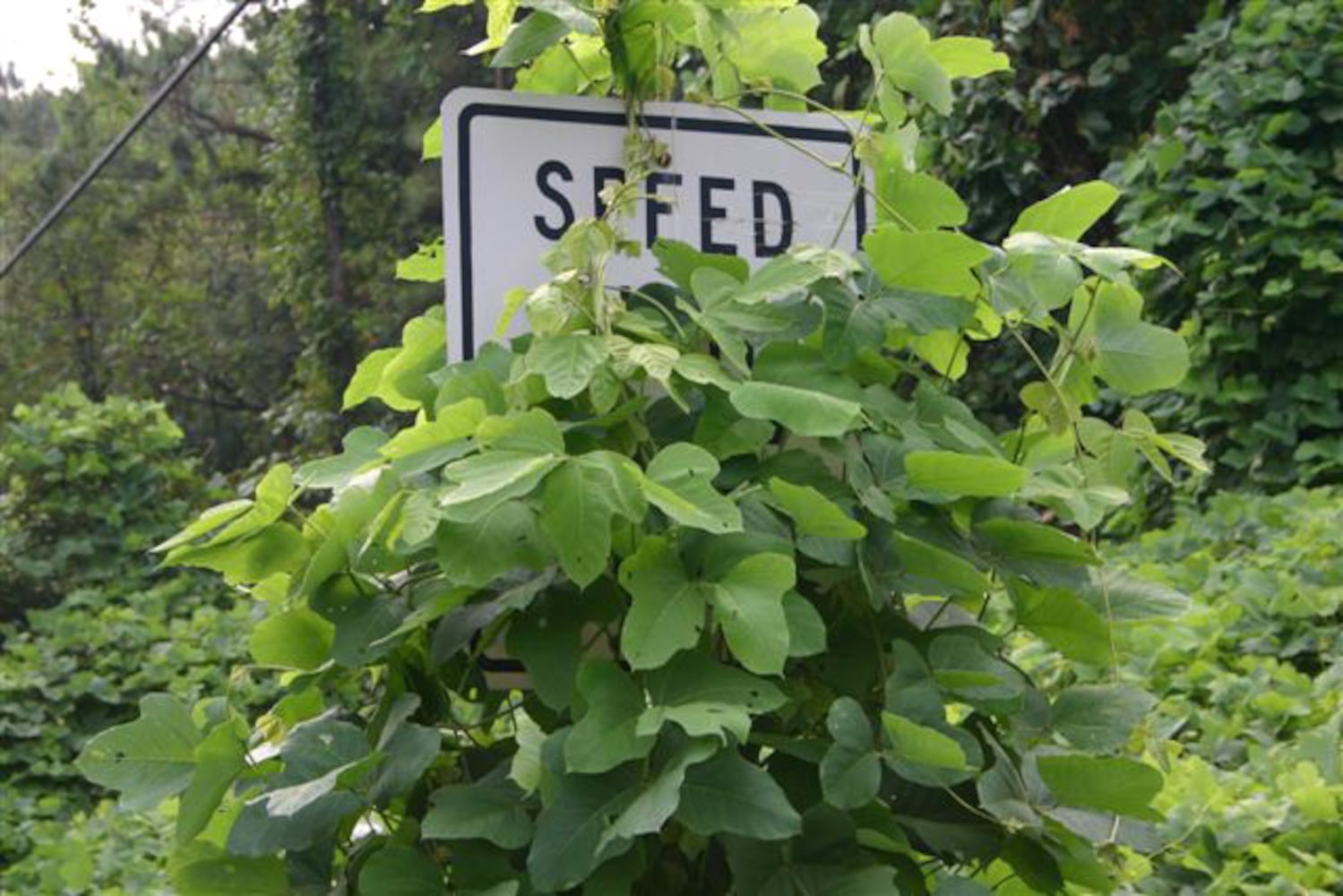Thanks to a proactive eradication program, invasive cogongrass, unceremoniously dubbed the “seventh worst weed in the world” by forestry experts, is on the decline in Georgia, as is an older, more prevalent nemesis.
Kudzu is finally losing ground in the Peach State. Literally.
In its 2019 “Dirty Dozen” list of non-native, invasive plants, the Georgia Forestry Commission reported a 17% decrease in the statewide number of acres infested with what’s been half-jokingly called “the vine that ate the South.”
Introduced in 1876 at the Centennial Exposition held in Philadelphia, the Asian plant was pushed in the early 1900s as cheap livestock feed and later by various U.S. agencies, including the Civilian Conservation Corps, to combat erosion during the Great Depression.
For the first half of the 20th century, kudzu’s reputation as a “miracle vine” went largely unchallenged. Farmers hailed it as being superior to alfalfa. Even chickens loved the stuff, according to a March 1918 Journal article.
“Possibly the most convenient and easily grown green food of anything I know of is secured from the tender sprouts that grow so rapidly cut from the kudzu vine,” Loring Brown wrote. “A few vines planted along the poultry yard will give an abundant supply all through the summer months.”
In its April 14, 1922, issue the Journal touted kudzu as “a self-inoculated plant producing the finest, most nutritious and most easily handled hay known,” detailing how a Hampton, Ga., farmer “has devoted a ten-acre field to the production of this valuable forage, making shipments all over the country.”
Where kudzu is found in the U.S. and Canada
Just two weeks later, on April 30, Mary Crenshaw Palmour warned Journal readers to steer clear of the plant.
“Beware of the “Kudzu” vine! It makes itself too much at home,” Palmour wrote. “It soon wears out its welcome by infringing upon the rights of all other flowers and greedily gobbles up every atom of nutriment in the soil intended for everything in its vicinity.”
Credit: AJC Print Archives
Credit: AJC Print Archives
>> MORE DEJA NEWS: Check out what we’ve covered before (and again)
Widely planted in the 1930s and 40s as a deterrent against soil erosion, kudzu swarmed throughout Georgia in earnest. Again, farmers marveled at its ability to quickly sustain itself in even the toughest environments. Journal Farm Editor Ed Stout wrote in August 1942 about a Stewart County farmer, Hugh Overby, who had nothing but rave reviews for kudzu.
“The (rain) would fall, cut itself a few ditches, and then go off lickety-split to the swamp, taking the soil with it,” Overby told Stout. “That’s the way it used to be. Now this kudzu is five years old and it’s really got the dirt scotched.”
By the 1950s, kudzu was making a pest of itself in suburbia. In Valdosta, the vine was driving one neighborhood to beat it back with hatchets. Lowndes County News Editor June Norwood recounted in a 1950 Journal guest article how she and her neighbors were battling the vine’s “runners” as they advanced.
“Kudzu must have been crossed with the bean made famous by Jack the Giant Killer or fertilized by a little greased lightning,” Norwood joked. “We are afraid to let the grandbaby play in the yard unguarded.”
In a 1954 Journal column, Edna Cain Daniel voiced the sentiments of Southerners who bought into the kudzu ballyhoo of years past, admitting she’d made a mistake planting “that redoubtable soil saver.”
“(My) cow mistrusted anything that grew as fast as kudzu,” Daniel wrote, “and maybe she was right.”
ABOUT DEJA NEWS
In this series, we scour the AJC archives for the most interesting news from days gone by, show you original articles and update the story.
If you have a story you’d like researched and featured in AJC Deja News, send an email with as much information as you know. Email: malbright@ajc.com. Use the subject line “AJC Deja News.”
About the Author
Keep Reading
The Latest
Featured
